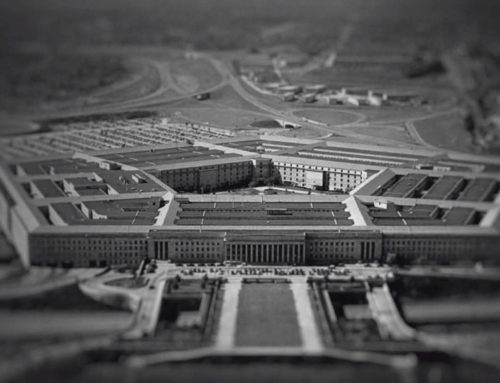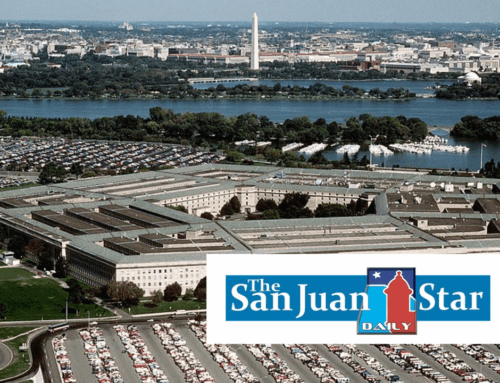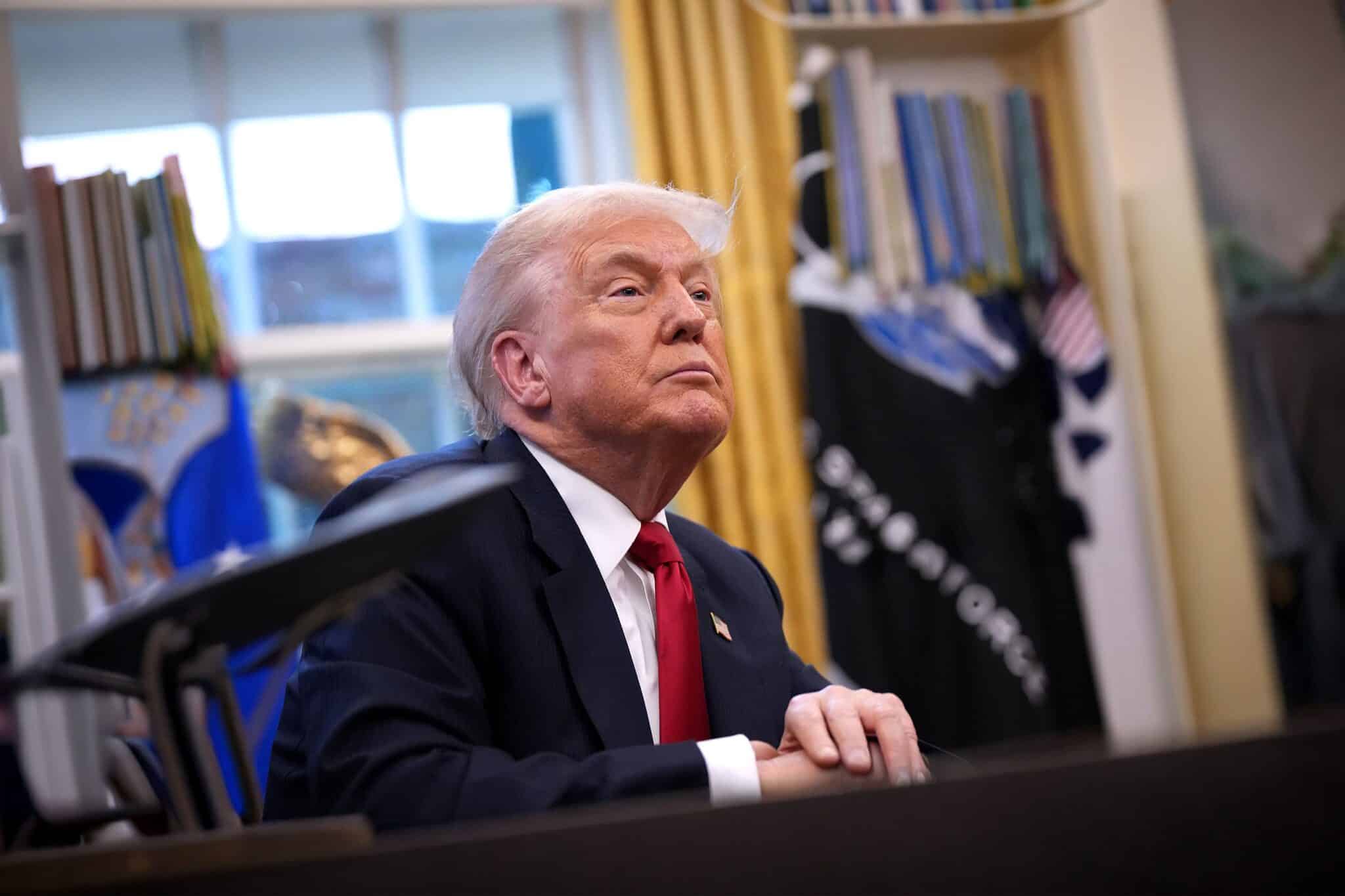From the border to Los Angeles to the nation’s capital, the taxpayer costs of President Trump’s orders to deploy National Guard troops and some active-duty troops on U.S. soil have been adding up directly and indirectly.
Almost immediately upon taking office, the president increased the troop presence at the border. Speaking to the costs of those deployments, the Pentagon’s comptroller told lawmakers that as of March 12, 2025, the Pentagon had spent $328 million on the president’s expanded border mission. According to a CNN analysis, if the spending continued at the same pace, it would cost taxpayers over $2 billion for the first year of deployments.
In June, the president nationalized the California National Guard and deployed about 4,000 guardsmen, as well as 700 U.S. Marines, to patrol the streets and parks of L.A., arguing that the deployments were necessary to protect federal personnel and buildings from protests against ICE operations. The Pentagon estimated that these deployments would cost taxpayers $134 million over a 60-day period. It has not offered an updated estimate on actual costs since the deployments. This week, a federal judge ruled that the Los Angeles deployments violated the Posse Comitatus Act, a 19th Century law barring the military from participating in domestic law enforcement.
Then, in August, the president declared a “crime emergency” in D.C., mobilizing the D.C. National Guard and asserting control over D.C.’s Metropolitan Police. The executive order claimed the D.C. deployment was in response to “rising violence in the capital,” despite local and federal findings detailing a sharp drop in violent crime. Since an initial mobilization of 900 D.C. National Guard troops, Republican governors have offered up hundreds of additional National Guard troops to support operations in D.C. These troops are tasked with a wide range of jobs, from defending federal property, to conducting traffic stops, mulching trees, clearing homeless encampments, picking up litter, and detaining undocumented immigrants and those suspected of committing crimes until either domestic law enforcement or ICE show up to make arrests.
An estimate by the National Priorities Project, first reported by the Intercept, concluded that the D.C. deployments would cost taxpayers nearly $1 million per day, based on the deployment of 2,100 National Guard troops and the reported costs of similar deployments. According to the New York Times, as of August 24, 2025, there were 2,274 National Guard troops deployed in the nation’s capital. In other words, the D.C. deployments have already cost taxpayers tens of millions of dollars, and could ultimately cost hundreds of millions or more depending on troop levels and the length of the deployments.
Beyond direct costs of these deployments, it also bears noting that National Guard troops are different from active-duty military. National Guard members are usually required to report for duty one weekend per month, and another two weeks per year. The rest of the time, most of them hold civilian jobs. Deploying the National Guard to support domestic law enforcement missions pulls these people away from their day jobs, creating indirect economic losses for their employers, communities, and states.
Last week, the president escalated his campaign to expand the military’s role in domestic law enforcement even further, issuing an executive order that calls on D.C. and all 50 states to create special rapid response National Guard units that can mobilize quickly at the president’s command. The order also directs the D.C. Safe and Beautiful Task Force, established by an earlier executive order and run by White House advisor Stephen Miller, to “establish an online portal for Americans with law enforcement or other relevant backgrounds and experience to apply to join Federal law enforcement entities to support the policy goals described in Executive Order 14333,” referring to the order that declared a national crime emergency in D.C. This volunteer force, even if unpaid, will likely come with taxpayer costs as well.
All these deployments share common denominators. They share tremendous taxpayer costs accompanied by a lack of transparency surrounding those costs, both thus far and into the future. They share questionable legal justifications, which test the strength of laws that limit executive authority over domestic military deployments. And they all redundantly task our nation’s military forces with roles that domestic law enforcement agencies and local municipal services are already equipped and empowered to perform.
With the president now weighing whether to deploy National Guard troops to New Orleans, where violent crime is also on the decline, and flirting with additional deployments in major cities like Chicago, New York, Baltimore, San Francisco, Oakland, and others, the taxpayer costs of the president’s deployments could quickly spiral into billions of dollars. At a bare minimum, Congress should seek answers as to the actual and projected costs of these ongoing and expanding deployments. Considering the administration’s dubious legal and practical justifications for deployments thus far, Congress should also seek answers relating to the scope and efficacy of the missions our nation’s men and women in uniform are being asked to carry out on our behalf.










